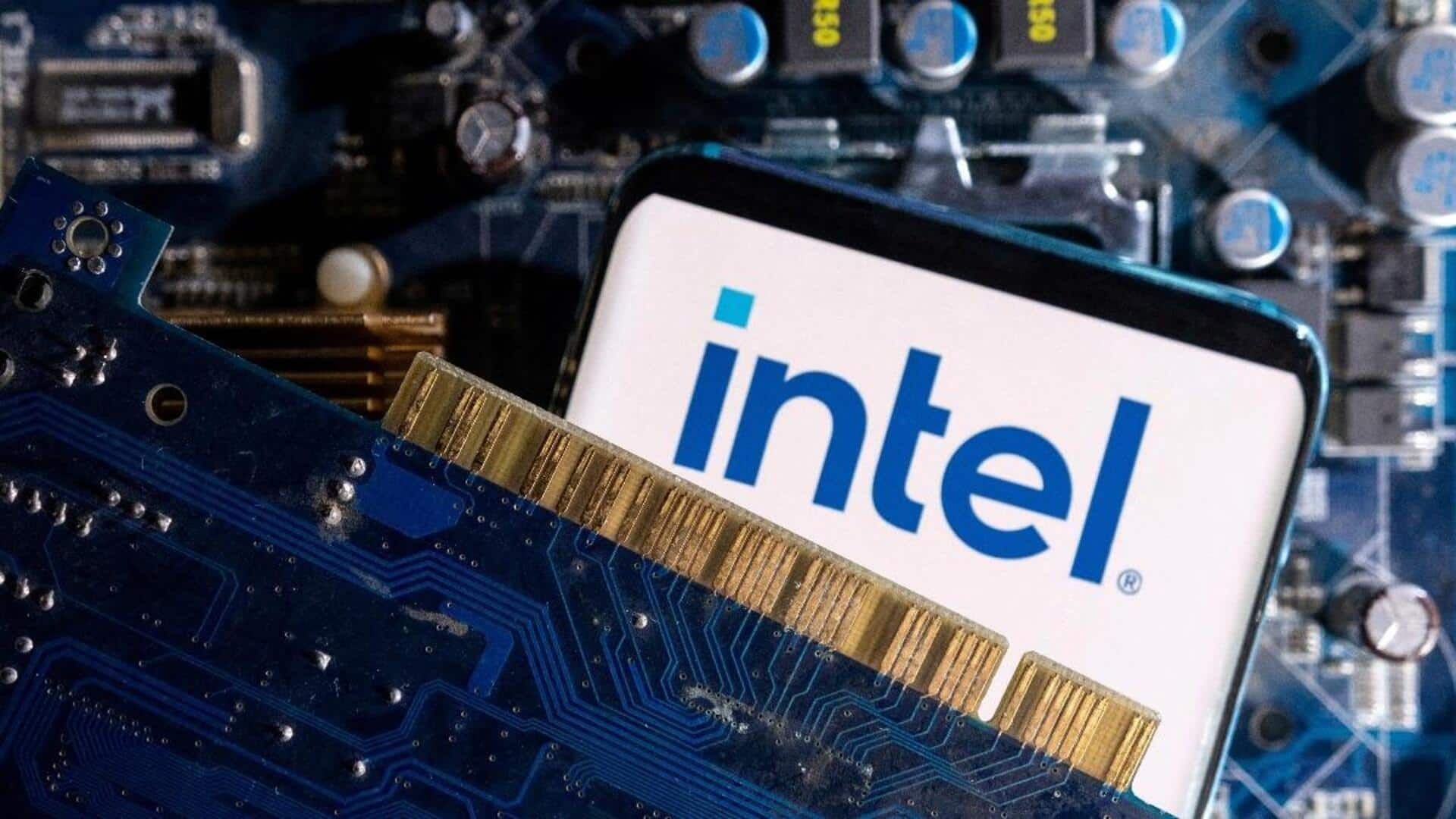
Intel to lay-off thousands of employees as chipmaker seeks revival
What's the story
Intel is reportedly planning to cut thousands of jobs as part of its cost reduction strategy. This move is aimed at funding an ambitious recovery plan following a slump in earnings and loss of market share. The workforce reduction could be announced as early as this week, reported Bloomberg, mentioning insiders who wished to remain anonymous due to the information not being public yet. Currently, Intel employs around 110,000 people worldwide.
Strategic move
Job cuts part of broader strategy
The job cuts are part of a broader strategy by Intel CEO Pat Gelsinger to invest heavily in research and development. This move is intended to help the chipmaker regain its once-dominant position in the semiconductor industry, which has been eroded by competitors like Advanced Micro Devices. Despite the impending layoffs, Intel shares rose about 1% in late trading, reaching as high as $31.11 following the news.
Market challenges
Intel faces uneven demand for chips
Intel is also grappling with uneven demand for chips that power laptops and desktop computers, which form its core business. Other chipmakers like NVIDIA have surged ahead in developing semiconductors tailored for demanding AI-related tasks. In an effort to improve its technology, Gelsinger has initiated a plan to build factories for manufacturing semiconductors for other chipmakers. As part of this strategy, Naga Chandrasekaran was recently hired from Micron Technology as chief global operations officer, tasked with overseeing overall manufacturing efforts.
Past layoffs
Intel's history of workforce reduction
This isn't the first time Intel has made significant job cuts. In 2023, it reduced its workforce by about 5% to 124,800 by year's end after announcing job cuts beginning in October 2022. It also curtailed spending in other areas with expectations that these cost reductions would save as much as $10 billion by 2025. Analysts predict that Intel's second-quarter revenue will be flat compared to the previous year but anticipate a modest growth in the second half of 2024.